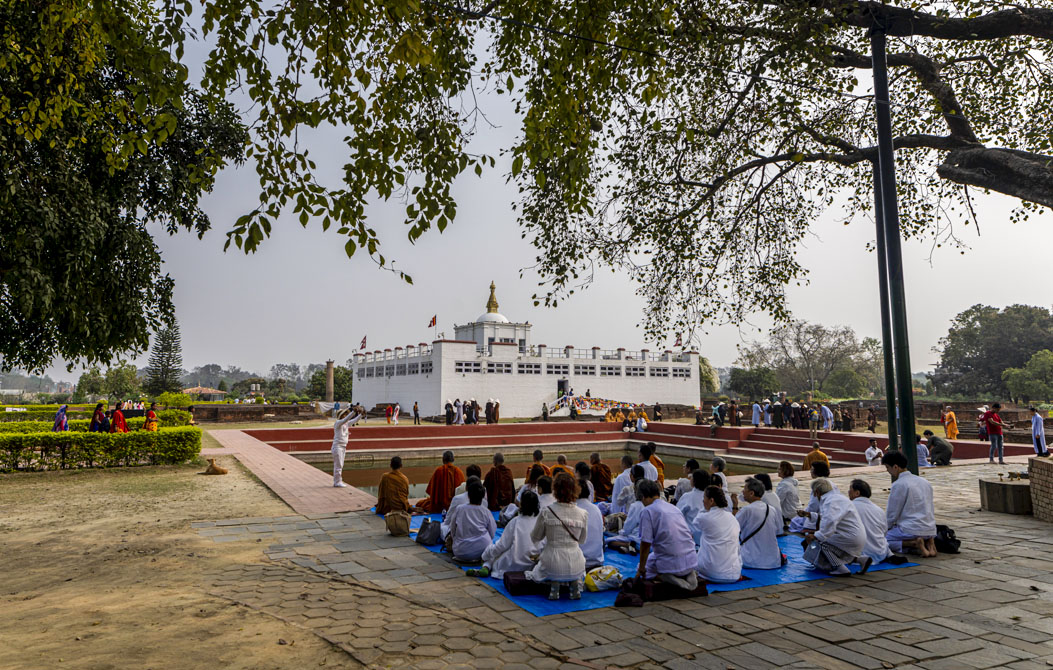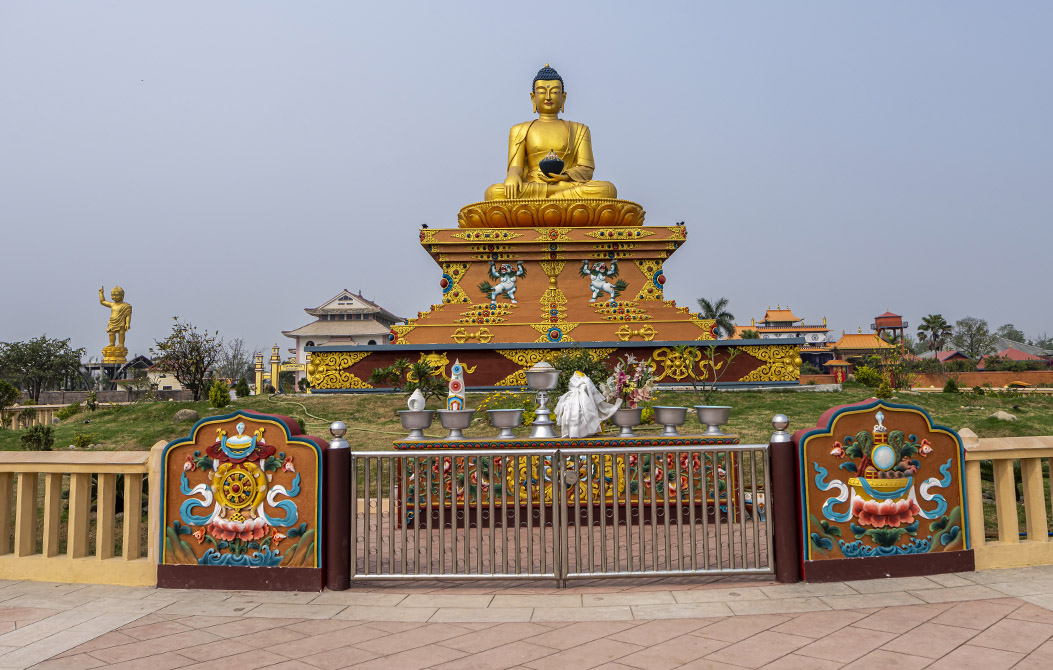- info@bestnepaltrek.com
- +977 - 9818852722

Birthplace of Lord Buddha
The Birthplace of Lord Buddha is Lumbini Nepal.
Lumbini is the Birthplace of Lord Gautama Buddha in Rupandehi district Nepal and is a Buddhist pilgrimage site. It was here that Siddhartha Gautama was born to Queen Mayadevi. Siddhartha Gautama, also known as Gautama Buddha, founded Buddhism between 623 and 543 BCE. Lumbini is one of four pilgrimage sites that arose at key points in the Buddha’s life, the others being Kushinagar, Bodh Gaya, and Sarnath.
The Mayadevi temple is one of many temples in Lumbini, the city where the Buddha lived until he was 29 years old. Here are also the remains of Kapilavastu palace and the Puskarini, or Holy Pond. Thus, where the Buddha’s mother took the customary bath before giving birth to him and where he also took his first bath. History says when Buddhas were born and got ultimate nirvana. And then finally renounced their earthly forms at different locations close to Lumbini.
Lumbini lies between Kapilavastu and Devadaha during the period of the Buddha (both in current Nepal). Buddha was born there. An Asoka pillar formally names the spot of Asoka’s visit to Lumbini. The pillar’s inscription claims that it was built there by the individuals in charge of the park at the time to honour Asoka’s visit and gifts. The park, which lies two miles (3.2 km) north of Bhagavanpura, was formerly known as Rummindei.

The birthplace of Lord Buddha is Lumbini Nepal
The Buddha was born in a Sakya hamlet in the Lumbini Janapada, according to the Sutta Nip12s (v. 683). During his visit to Devadaha, the Buddha resided in Lumbini and delivered the Devadaha Sutta there.
Through the global World Heritage Program, Lumbini became a UNESCO World Heritage Site in 1997. The ratio of length to width in the current Lumbini is 1:3, or 3 km (2 mi) for every 1 km (0.6 mi). It measures 2 km (1 mi) by 6 km in total (4 mi).
A substantial monastery zone encircles the holy site of Lumbini. In particular, there are no stores, hotels, or restaurants inside the garden; only monasteries. It has two monastic zones, one of which is towards the east and has Theravadin monasteries. And in the west, with monasteries of the Mahayana and Vajrayana traditions.
The sacred Lumbini site includes the Asokan pillar, the Mayadevi temple, and the exact location of the Buddha’s birthplace. The remains of former monasteries, a sacred Bodhi tree, an old bathing pond, and a sacred Bodhi tree. From early in the morning till early in the evening, many pilgrims from many countries visit the area.
A 100-rupee Nepali note portraying Lumbini, the birthplace of Buddha, has been released by Nepal’s central bank. The new note will only be available during Dashain, Nepal’s biggest festival, in October 2013, according to the Nepal Rastra Bank. On the front is a silver metallic portrait of Mayadevi, Gautam Buddha’s mother. A black dot on the note would make reading it easier for the blind. The note would also have the date of printing in both the Christian Era and the Nepali Calendar, “Bikram Sambat,” as well as the name of the central bank in Latin character. A cabinet decision made on August 27 led to the issuance of the edit note.



